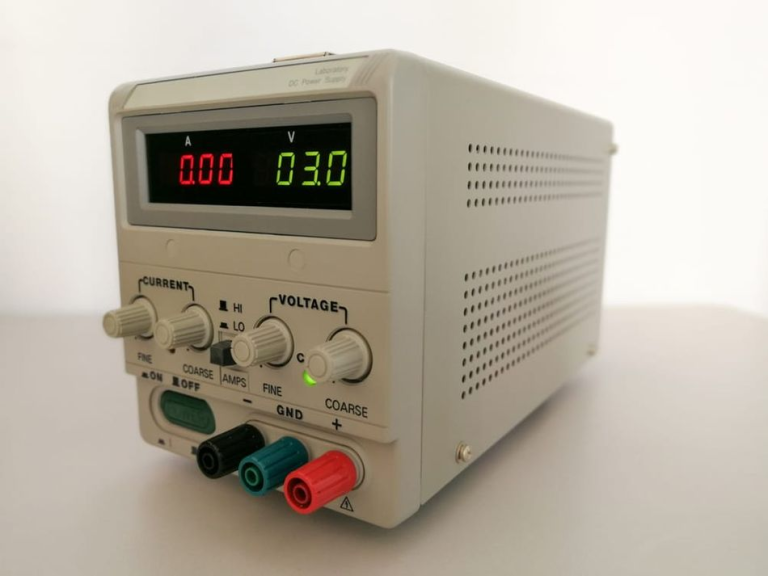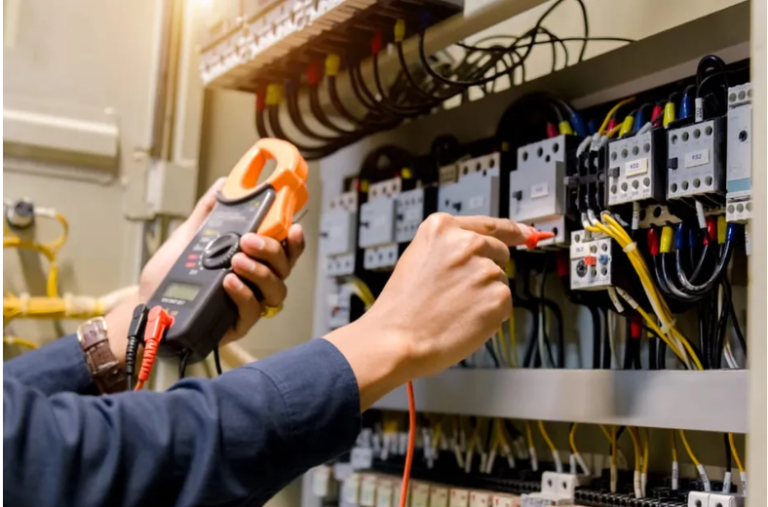I. Introduction

Power supplies play a crucial role in our increasingly digital and energy-dependent world. They provide the necessary electrical energy to various devices, ranging from small gadgets to complex industrial machinery. When it comes to power supplies, there are two primary categories that distinguish themselves by their design and functionality: ordinary power supplies and switching power supplies. In this passage, we will delve into the distinctions between these two types of power supplies, examining their respective characteristics, applications, and advantages.
II. Understanding Ordinary Power Supplies
A. Basics of Linear Power Supplies
Ordinary power supplies, often referred to as linear power supplies, are a classic form of voltage regulation. These power supplies utilize a linear regulator to provide a stable output voltage. The fundamental principle behind linear power supplies is to dissipate excess energy as heat to maintain a constant output voltage. They are known for their simplicity and reliability.
B. Key Features and Characteristics
Linear power supplies have some defining characteristics. They are known for their low output ripple, which is crucial for sensitive electronic applications. Additionally, they offer excellent load regulation, ensuring that the output voltage remains relatively stable even with varying loads. Linear power supplies are favored for their ability to provide a clean and noise-free output, making them suitable for applications where signal integrity is paramount.
C. Applications and Limitations
Linear power supplies find their applications in areas that require low noise and precise voltage regulation, such as laboratory equipment, test instruments, and audio amplifiers. However, they have limitations, including low efficiency and size constraints. Linear regulators dissipate excess power as heat, which makes them less efficient, especially when dealing with high input-output voltage differentials. This limitation results in larger and heavier power supplies, which can be impractical in some applications.
III. The Evolution of Switching Power Supplies

A. Introduction to Switching Power Supplies
Switching power supplies represent a significant leap in power supply technology. Unlike linear power supplies, switching power supplies use high-frequency switching techniques to regulate the output voltage. These power supplies have become increasingly popular due to their efficiency and adaptability to various applications.
B. Development and Historical Context
The development of switching power supplies can be traced back to the mid-20th century, with notable advancements in the 1960s and 1970s. The primary driving force behind this evolution was the need for more efficient power supplies, particularly in the emerging field of electronics. Switching power supplies were a revolutionary solution, allowing for higher efficiency and smaller form factors.
C. Advantages Over Linear Power Supplies
Switching power supplies offer several distinct advantages over their linear counterparts. Their efficiency is a standout feature. Unlike linear power supplies, which dissipate excess energy as heat, switching power supplies control power conversion with minimal energy loss. This efficiency not only reduces power consumption but also results in less heat generation.
Additionally, switching power supplies are compact and lightweight. They are well-suited for applications where space is limited or weight is a critical consideration. The smaller form factor and reduced weight make them ideal for portable devices and modern electronics.
IV. Key Differences Between Ordinary and Switching Power Supplies
A. Efficiency and Power Loss
One of the most significant differences between ordinary and switching power supplies is their efficiency. Linear power supplies are notorious for their low efficiency, as they waste a substantial amount of energy as heat. In contrast, switching power supplies are highly efficient, converting input power to the desired output with minimal losses. This efficiency has led to their widespread adoption in modern electronics and green technology, where energy conservation is a priority.
B. Size and Weight Considerations
Switching power supplies are much smaller and lighter compared to linear power supplies. This size advantage is primarily due to their high-frequency switching operation, which allows for the use of smaller transformers and components. The reduced form factor makes switching power supplies suitable for compact consumer electronics, medical devices, and space-constrained applications.
C. Output Regulation and Ripple
Linear power supplies are known for their precise output regulation and low output ripple. They excel in applications where voltage stability is critical, such as laboratory equipment and audio amplifiers. In contrast, switching power supplies may exhibit higher output ripple and require additional filtering to achieve the same level of voltage stability. However, they make up for this with their superior efficiency, making them the preferred choice for many modern devices.
D. Frequency of Operation
Another distinguishing factor is the frequency of operation. Linear power supplies operate at a fixed frequency, typically the line frequency (50 Hz or 60 Hz), depending on the region. In contrast, switching power supplies operate at much higher frequencies, often in the kHz or MHz range. This high-frequency switching allows for efficient power conversion and smaller component sizes but can introduce electromagnetic interference (EMI) challenges that require careful design and filtering.
V. Applications of Switching Power Supplies
A. Consumer Electronics
Switching power supplies have become the standard in consumer electronics, including smartphones, laptops, and LED TVs. Their small size and high efficiency make them ideal for these applications. In addition, the reduced power loss contributes to longer battery life in portable devices.
B. Industrial and Commercial Uses
Switching power supplies have found their way into industrial and commercial applications due to their efficiency and adaptability. They are commonly used in industrial automation, telecommunications, and renewable energy systems. Their ability to handle a wide range of input voltages and frequencies makes them suitable for diverse applications.
Advancements in Power Supply Technology
The evolution of switching power supplies continues as technology advances. Newer designs and semiconductor materials have allowed for even higher efficiency and further reduction in form factor. As the demand for smaller, more efficient, and eco-friendly power supplies grows, it is likely that switching power supplies will continue to be at the forefront of innovation in the field.
VI. Conclusion
In conclusion, the choice between an ordinary power supply (linear) and a switching power supply depends on the specific requirements of the application. Linear power supplies excel in scenarios where precise voltage regulation and low output ripple are essential, while switching power supplies offer higher efficiency, smaller form factors, and adaptability to a wide range of applications. As technology advances, switching power supplies are likely to become increasingly prevalent due to their numerous advantages. Therefore, understanding the distinctions between these two types of power supplies is essential for selecting the right solution for a given application and ensuring the efficient and reliable operation of electronic devices in our modern world.
